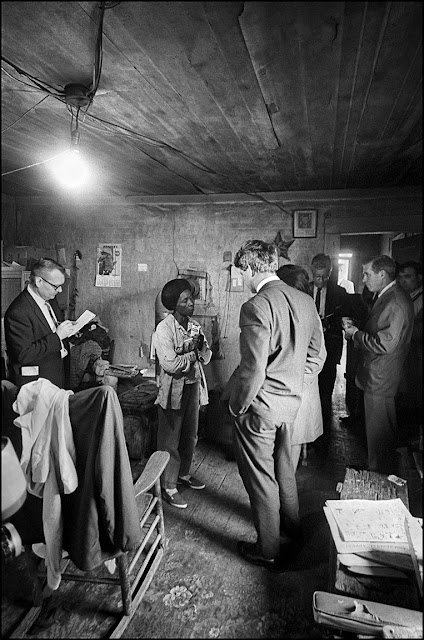The Big Mac -- advertised as a hamburger "made with 2 freshly ground patties, tangy melted cheese, crisp lettuce, pickle and our own Special Sauce" -- is added to the menu at the McDonald's in Uniontown, Pennsylvania, thanks to Jim Delligatti (the franchise owner who created it) and Esther Glickstein (the corporate secretary who named it). Following the Big Mac's success locally, the parent company would make it available nationwide starting in 1968. (The famous "twoallbeefpattiesspecialsaucelettucecheesepicklesonionsonasesameseedbun" ad campaign would follow in early 1975.)
-- Above: advertisement in The Morning Herald, Uniontown, April 21, 1967
-- Below: advertisement in The Morning Herald, September 28
* "A Meal Disguised as a Sandwich: The Big Mac" (Pennsylvania Center for the Book, 2009): @
* "McDonald's: Behind the Arches" (John F. Love, 1995): @
* "Michael James Delligatti, Creator of the Big Mac, Dies at 98" (New York Times, 2016): @















